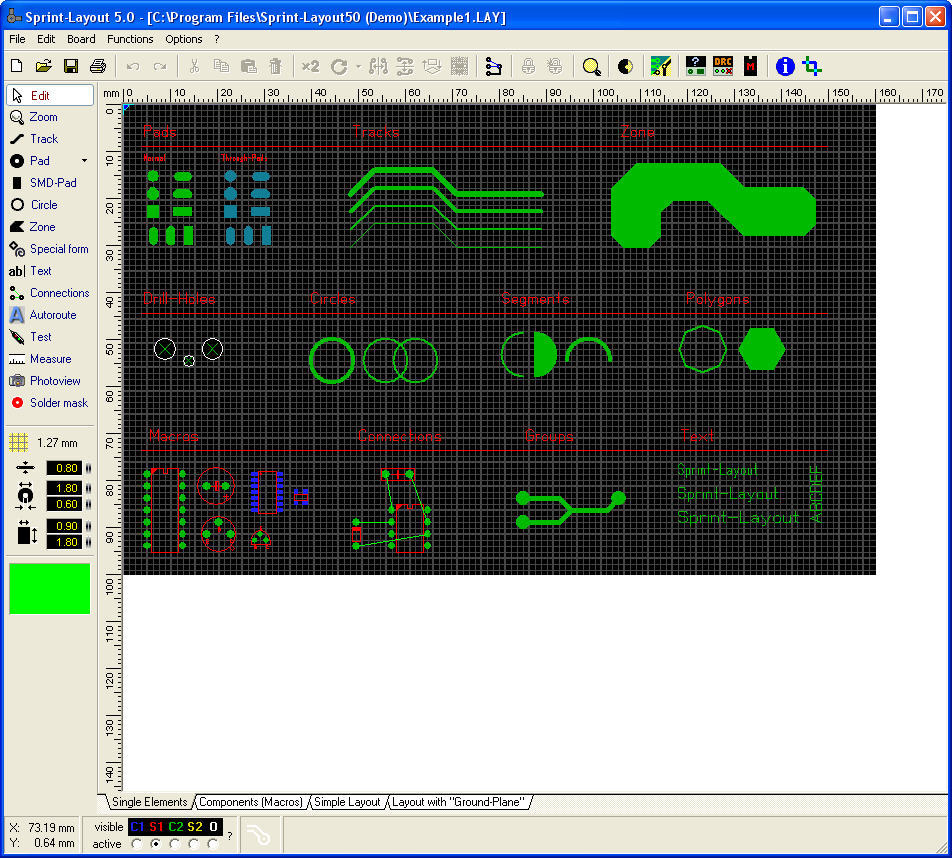
After installing the App on the N7 and turning on its Bluetooth with pairing set for all nearby devices, the powered up IOIO board was found and paired as IOIO(A3:10). The board uses an external power supply, 10 wire connections to the LCD and a Bluetooth dongle (Sabrent ) to receive input from the N7. 1.1 App ()įor a 16x2 LCD working on my new Nexus 7 using this IOIO board. A portion of each sales goes back to them for product support and continued development.ĭuring the last two weeks, I have been successful getting the LCD Controller v. Note: This product is a collaboration with Ytai Ben-Tsvi. It is a great resource, so please check it out!

We have a blog post that shows or has links to many well documented example projects, with source code. Disable ADB to have IOIO working over Open Accessory.

If ADB is enabled on the Android, ADB will take precedence over Open Accessory. Open Accessory will provide improved latency, throughput and jitter. We're now shipping the IOIO board loaded with the V3.04 bootloader so that it's ready to go with the latest application update, which adds Open-Accessory support. If you get the IOIO working on your Android device, please let us know in the comments below, thanks! So far, the devices proven to work with this board are: G1, Nexus One, Nexus S, Motorola Droid X (among many others now). The IOIO acts as a USB host and connects to most Android devices that have USB slave (device) capability. Also, using the IOIO does not require any hardware or software modifications to your Android device, thus preserving the warranty as well as making the functionality available to non-hackers. In other words, you can combine the awesome computing power, Internet/Bluetooth connectivity, touch screen, and a variety of sensors from your Android device with the ability to easily add peripheral devices to interact with the outside world. Code to control these interfaces is written in the same way as you write an Android app with the help of a simple to use app-level library. Digital Input/Output, PWM, Analog Input, I2C, SPI, and UART control can all be used with the IOIO. In addition, the IOIO can interact with peripheral devices in the same way as most MCUs. The IOIO board contains a single MCU that acts as a USB host and interprets commands from an Android app. The board provides robust connectivity to an Android device via a USB or Bluetooth connection and is fully controllable from within an Android application using a simple and intuitive Java API -******no embedded programming or external programmer will ever be needed! The IOIO (pronounced "yo-yo") is a board specially designed to work with your Android 1.5 and later device. IOIO-OTG is here! Now you can use the IOIO with your Android device or PC! This page is for reference only.


 0 kommentar(er)
0 kommentar(er)
